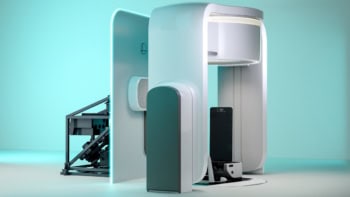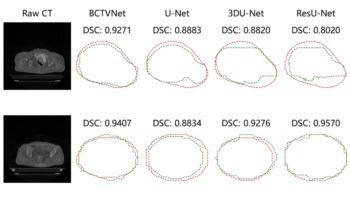Dogs can be trained to recognise the minute changes in human behaviour that occur before an epileptic seizure, but such animals are expensive to keep and train. Now, however, Klaus Lehnertz and Christian Elger of Bonn University in Germany have noticed a common pattern in nonlinear brain electrical activity in epileptic patients. Signals produced by the brain decrease in complexity up to several minutes before the onset of a fit (Phys. Rev. Lett. 80 5019).
In a process called electroencephalogram (EEG), brain activity is measured by strapping electrodes to the scalp. The electrodes record weak electrical waves produced from different parts of the brain and the results plotted on a graph. The algorithm that is widely used to study different states of consciousness (e.g., being asleep or awake) can also be used to monitor brain activity during a seizure, no one has been able to identify a pre-seizure state in the brain until now.
Lehnertz and Elger recorded the EEG patterns from 128 electrodes implanted in 16 patients before, during and after a seizure. Using a time-resolved analysis of the algorithm they looked at the part of the brain most closely associated with epileptic fits. A computer automatically applied the algorithm to the data to produce a chart showing the complexity. The EEG scans picked up an increase in the frequency and duration of reduced ‘blips’ in brain activity as a seizure became more likely. The researchers say that when reductions in complexity reach a specified level, the patient could be said to be entering a seizure.
The technique could give people who suffer epileptic fits enough advance warning to take drugs that reduce the severity of the attack.



